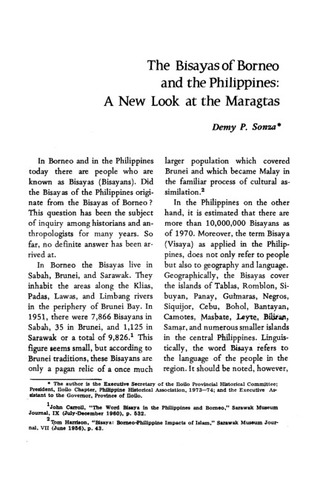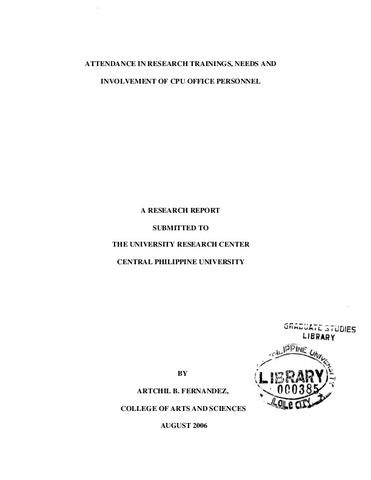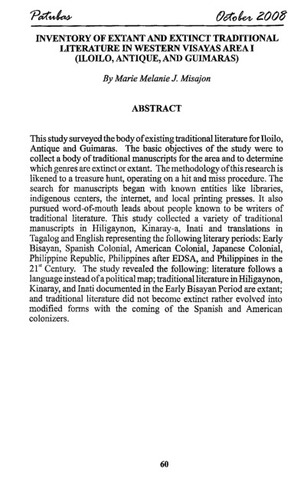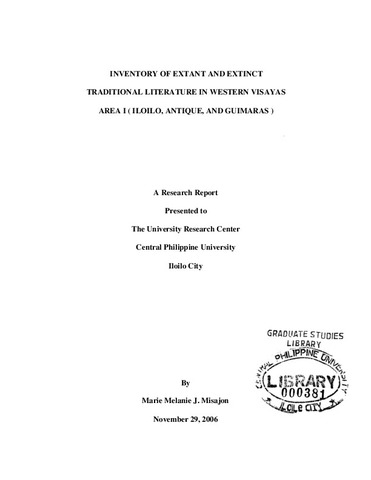| dc.description.abstract | In Borneo and in the Philippines today there are people who are known as Bisayas (Bisayans). Did the Bisayas of the Philippines originate from the Bisayas of Borneo? This question has been the subject of inquiry among historians and anthropologists for many years. So far, no definite answer has been arrived at.
In Borneo the Bisayas live in Sabah, Brunei, and Sarawak. They inhabit the areas along the Klias, Padas, Lawas, and Limbang rivers in the periphery of Brunei Bay. In 1951, there were 7,866 Bisayans in Sabah, 35 in Brunei, and 1,125 in Sarawak or a total of 9,826. This figure seems small, but according to Brunei traditions, these Bisayans are only a pagan relic of a once much larger population which covered Brunei and which became Malay in the familiar process of cultural assimilation.
In the Philippines on the other hand, it is estimated that there are more than 10,000,000 Bisayans as of 1970. Moreover, the term Bisaya (Visaya) as applied in the Philippines, does not only refer to people but also to geography and language. Geographically, the Bisayas cover the islands of Tablas, Romblon, Sibuyan, Panay, Guimaras, Negros, Siquijor, Cebu, Bohol, Bantayan, Camotes, Masbate, Leyte, Biliran, Samar, and numerous smaller islands in the central Philippines. Linguistically, the word Bisaya refers to the language of the people in the region. It should be noted, however, that Bisaya comprises several closely related dialects, principally Aklanon, Kiniray-a, Hiligaynon (Ilongo), Sugbuhanon (Cebuano), and Waray-Waray.
What is the origin of the word Bisaya? Many theories have been advanced in this regard. | en_US |





